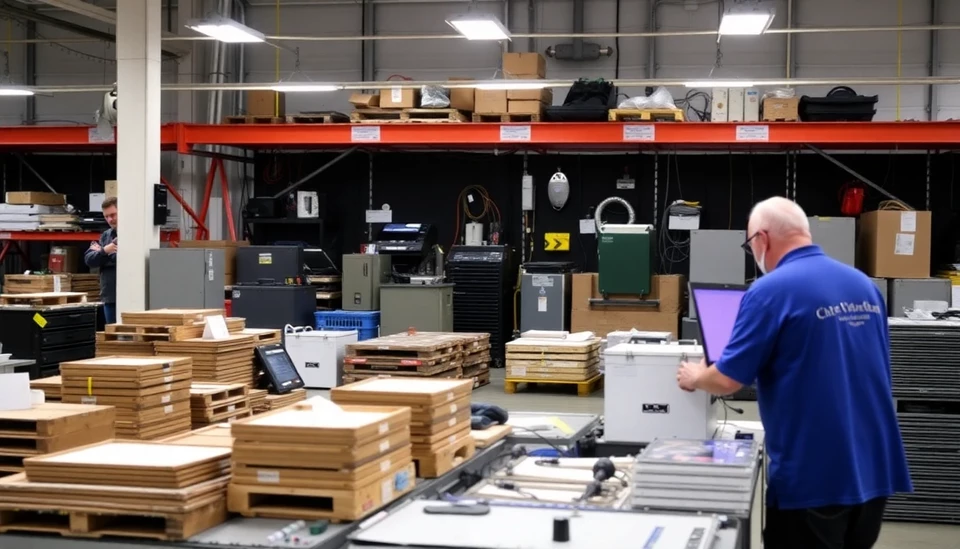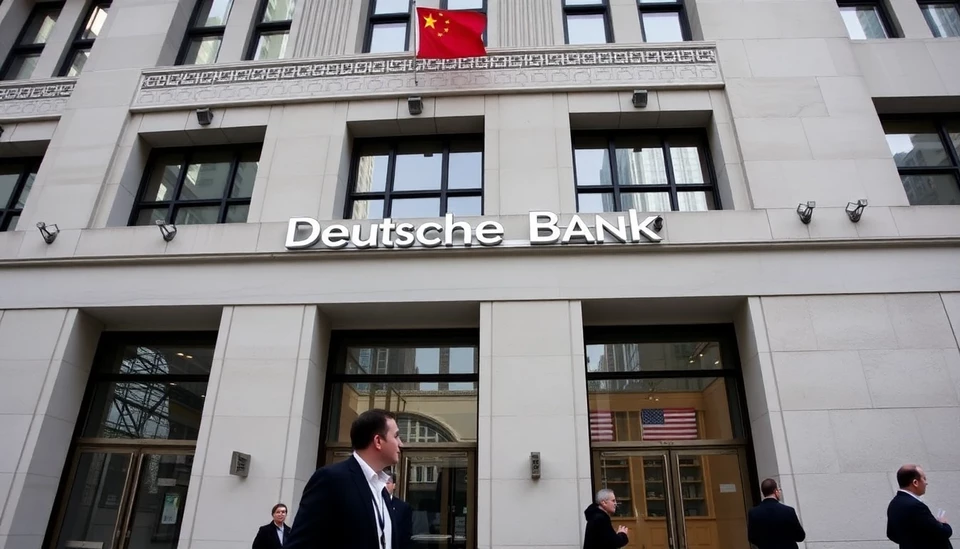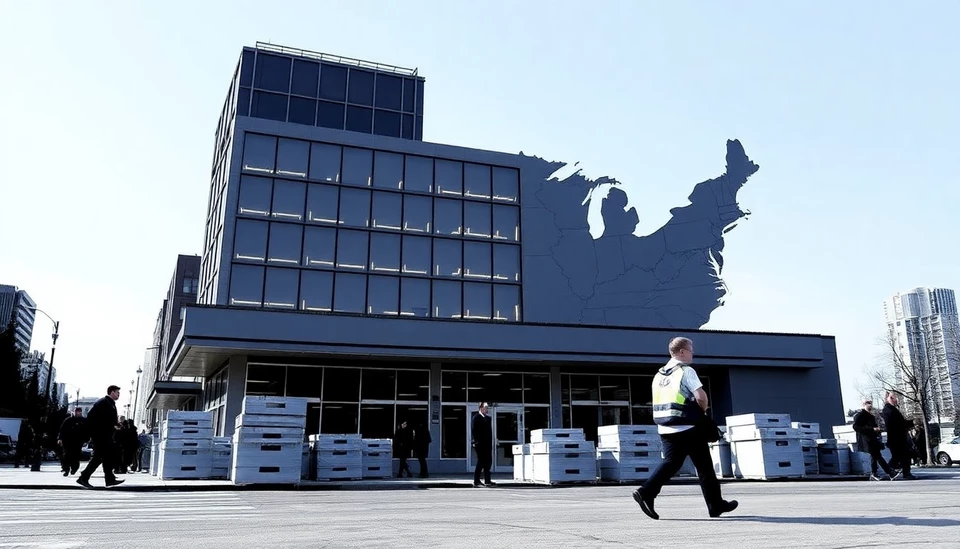
In a surprising turn of events, new data reveals that orders for U.S. business equipment have dropped for the first time in four months, marking a significant shift in economic momentum. This decline suggests that businesses may be stepping back from investment commitments amidst changing economic conditions.
According to the latest report from the Commerce Department, the orders for durable goods, which include items such as machinery, electronics, and other long-lasting equipment, fell by 1.0% in March. This decline follows a consecutive streak of growth in earlier months, stirring concerns among economists about the direction of business spending moving forward.
The decrease in orders highlights a potential cooling in the capital expenditure plans of firms, which had been buoyed by strong consumer demand and a recovery from pandemic-related disruptions. Experts have pointed to rising interest rates and economic uncertainty as two key factors influencing this recent downturn. With interest rates hovering at multi-year highs, businesses might be reconsidering their investments in equipment, opting instead for a more cautious approach in the face of potential economic headwinds.
Moreover, the current climate of inflationary pressures is prompting companies to streamline their operations and investments, rather than expand them aggressively. This cautious stance could be a natural response to the volatility in consumer spending patterns, as households grapple with increasing prices and tighter budgets.
While the data showcases a decline in equipment orders, it's crucial to contextualize this figure within the broader economic landscape. The previous months’ positive trends had provided a sense of optimism, suggesting that businesses were gearing up for growth. However, this latest data reveals the fragility of that confidence as external factors increasingly pose challenges to sustained investment growth.
Looking ahead, analysts are closely monitoring how these trends will unfold in the upcoming months. Will businesses continue to pull back on investment, or will we see a rebound as economic conditions stabilize? The outcome will likely depend on a slew of factors including global supply chain dynamics, commodity prices, and governmental fiscal policies that may incentivize or dissuade capital expenditures.
In summary, the recent drop in U.S. business equipment orders signals a cautious approach among firms amidst a complex and evolving economic backdrop. As the situation continues to develop, stakeholders across various sectors will need to remain vigilant and adaptable to changing conditions.
For business leaders and policymakers alike, this trend serves as a critical indicator of confidence and economic health, underscoring the necessity for strategic planning in uncertain times.
#USEconomy #BusinessInvestment #DurableGoods #EconomicTrends #MarketAnalysis
Author: Rachel Greene




